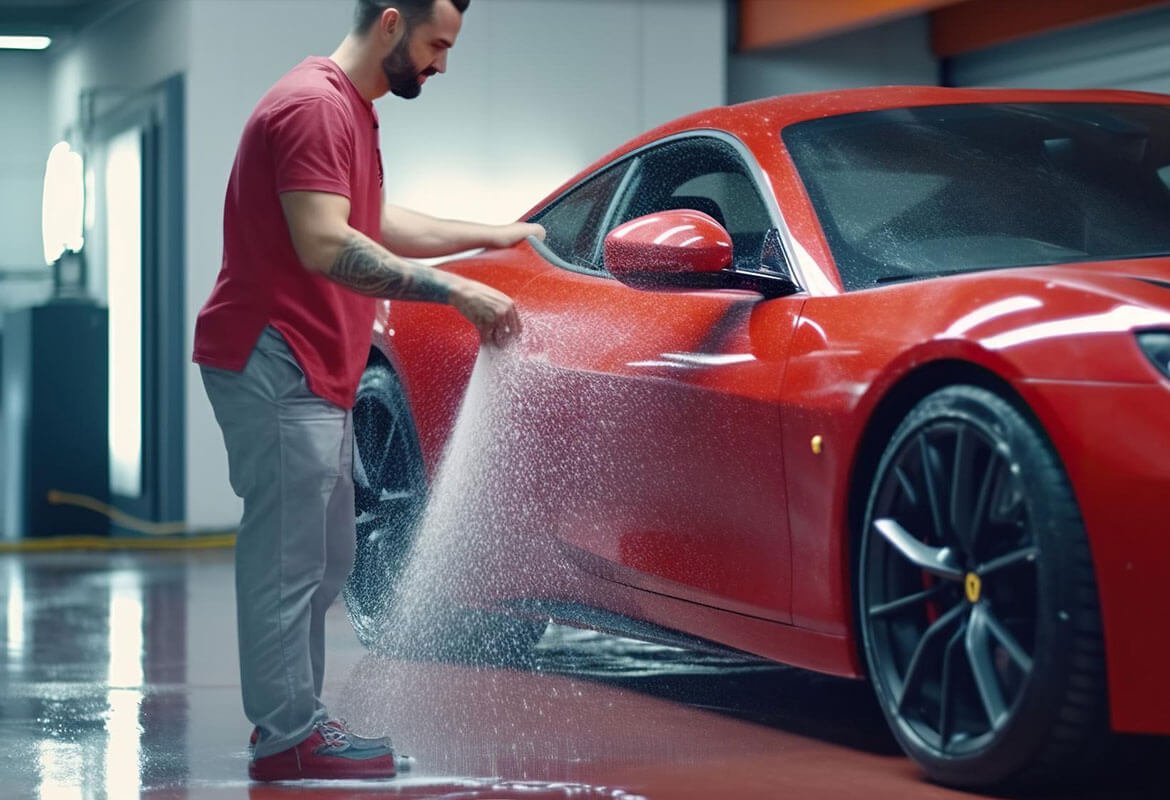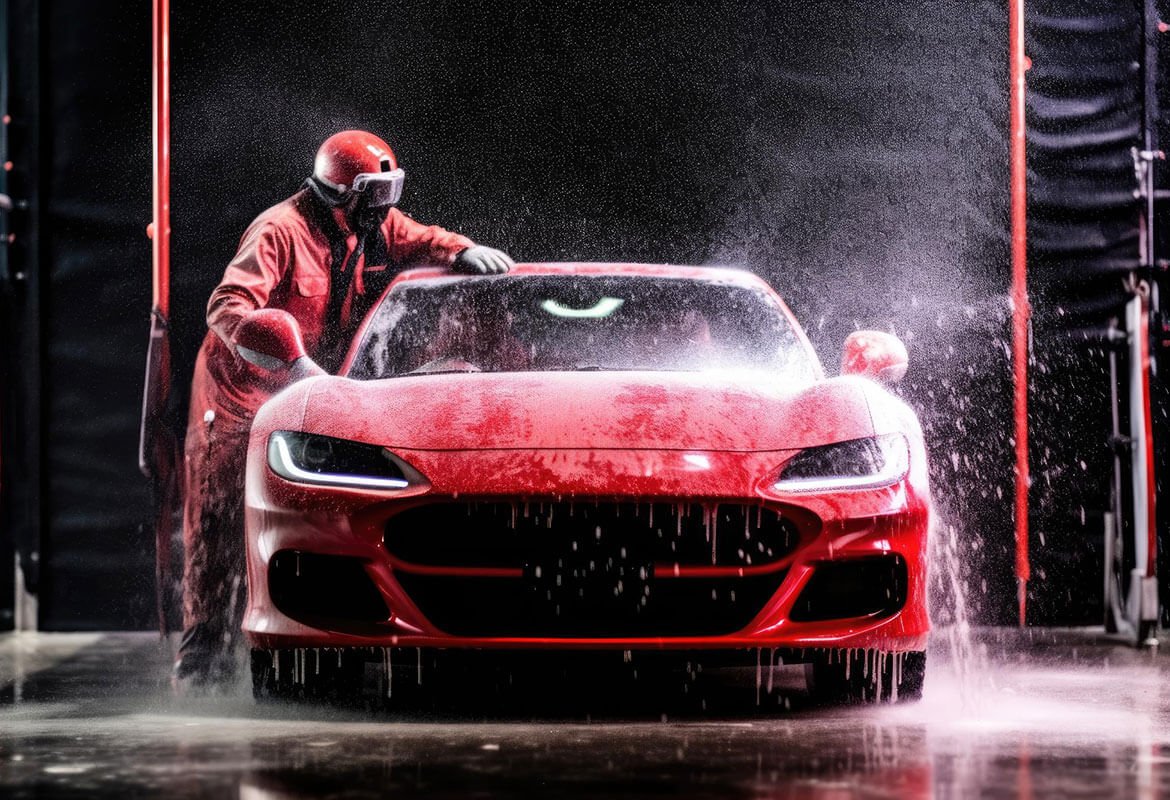The Untold History of Dashboard Design: From Analog to AI Interfaces
The dashboard of a car is more than just a collection of dials and screens—it’s the nerve center of the driving experience. Over the past century, dashboards have evolved from simple wood panels with mechanical gauges to fully digital, AI-powered command centers that provide real-time insights, navigation, and even predictive analytics. But how did we get here? And where are dashboards headed in the future?
In this deep dive, we’ll explore the untold history of dashboard design, from the earliest speedometers to the futuristic holographic displays of tomorrow.
1. The Birth of the Dashboard (1900s-1930s)
The Wooden Era
The term “dashboard” originally referred to a wooden barrier on horse-drawn carriages that prevented mud from splashing onto passengers. When cars emerged in the early 1900s, the first dashboards were simple wooden panels with little more than a speedometer, fuel gauge, and ammeter.
Key Features of Early Dashboards:
- Basic instrumentation (speedometer, oil pressure gauge, fuel gauge)
- Manually operated ignition and choke controls
- Minimalist design focused purely on function
During this period, dashboards were often custom-made, reflecting the handcrafted nature of early automobiles like the Ford Model T (1908).
2. The Rise of Functional Dashboards (1930s-1950s)
Art Deco Meets Automotive Design
As cars became mass-produced, dashboards started incorporating more style and symmetry. The 1930s saw Art Deco influences, with chrome accents and curved instrument panels.
Technological Advancements:
- Glove compartments introduced for extra storage
- Radio integration became common (1930s)
- Warning lights replaced some mechanical gauges
By the 1950s, the dashboard became an aesthetic statement. Cadillac and Buick models featured futuristic speedometers, clock faces, and push-button radios.
3. The Space Age Dashboards (1960s-1980s)
Analog Complexity & Aviation Influence
The 1960s-70s saw dashboards inspired by aircraft cockpits. More dials, switches, and gauges meant drivers felt like pilots, controlling powerful machines.
Key Features:
- Tachometers became standard for performance cars
- First factory-installed air conditioning controls
- Digital LED displays appeared in experimental cars (e.g., Aston Martin Lagonda, 1976)
The 1980s: Birth of the Digital Dash
- LCD and LED displays started replacing analog gauges
- The first onboard computers appeared (e.g., Buick Riviera, 1981)
- Voice alerts introduced (e.g., Chrysler’s Electronic Voice Alert)
By the end of the 80s, car dashboards were more than just functional—they were high-tech command centers.
4. The Digital Revolution (1990s-2010s)
Touchscreens and Infotainment Take Over
The 1990s brought driver-centric designs and ergonomics-focused layouts. By the 2000s, dashboards had evolved into multimedia hubs.
Key Innovations:
- GPS Navigation Systems (First factory-installed GPS: 1990 Honda Eterna)
- Touchscreen Controls (1998 Alfa Romeo 166 was an early adopter)
- Heads-Up Displays (HUDs) became available in luxury cars
The rise of Tesla’s Model S (2012) introduced a new paradigm: massive touchscreens replacing traditional buttons, setting the stage for modern minimalist dashboard design.
5. The AI-Driven Future (2020s and Beyond)
AI-Powered Interfaces and Augmented Reality
The latest dashboards go beyond screens and buttons—AI and augmented reality (AR) are changing how we interact with cars.
Futuristic Features:
- AI-powered voice assistants (e.g., BMW’s Intelligent Personal Assistant)
- Full-width OLED displays (e.g., Mercedes-Benz Hyperscreen)
- AR windshield displays with navigation and hazard alerts
The Future: Fully Autonomous Dashboards?
With autonomous driving on the horizon, the dashboard may soon become a digital lounge where passengers relax instead of drive.
Conclusion
From wooden panels to AI-driven augmented reality, the evolution of the car dashboard reflects the technological leaps of the automotive industry. As cars get smarter, so too will their dashboards, blending digital convenience with cutting-edge AI for a seamless, futuristic experience.
What’s your favorite dashboard innovation? Let’s discuss in the comments!







